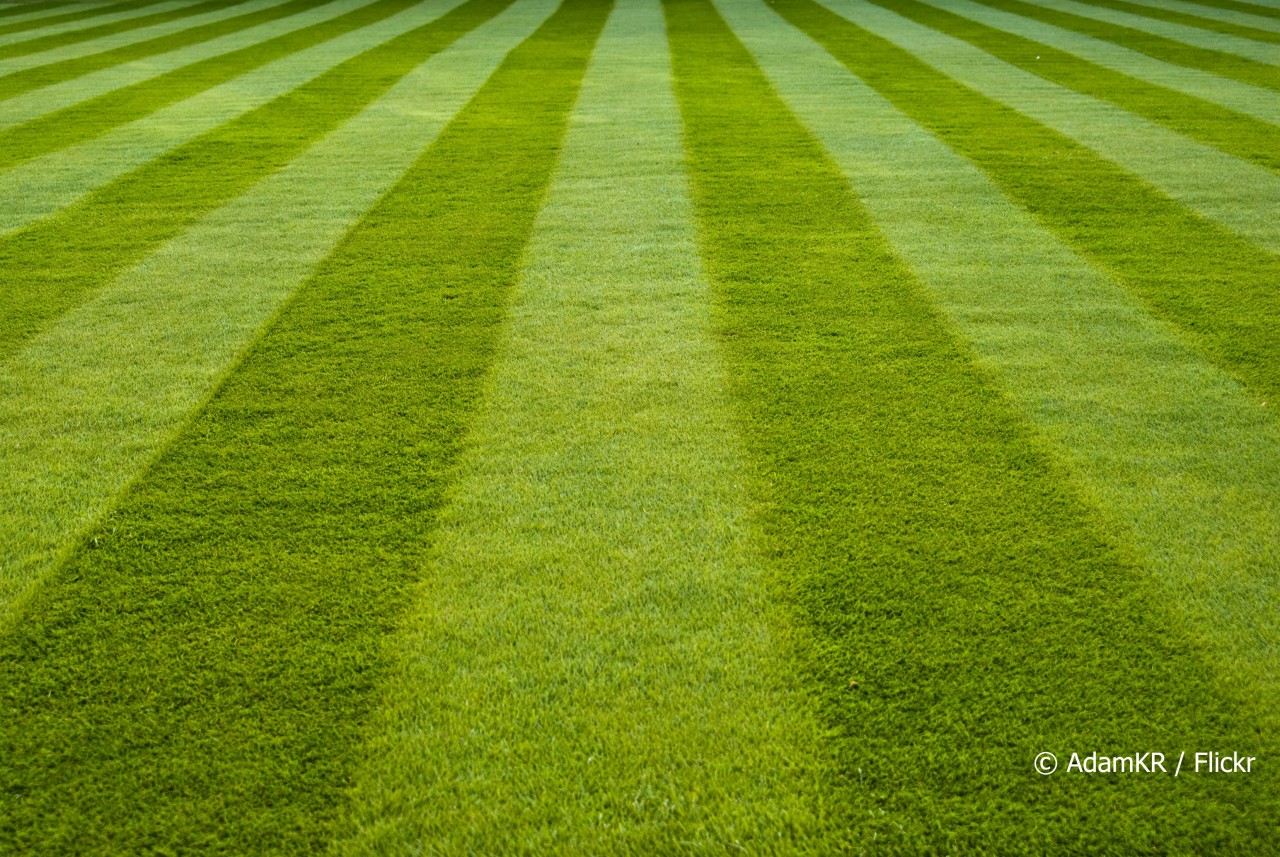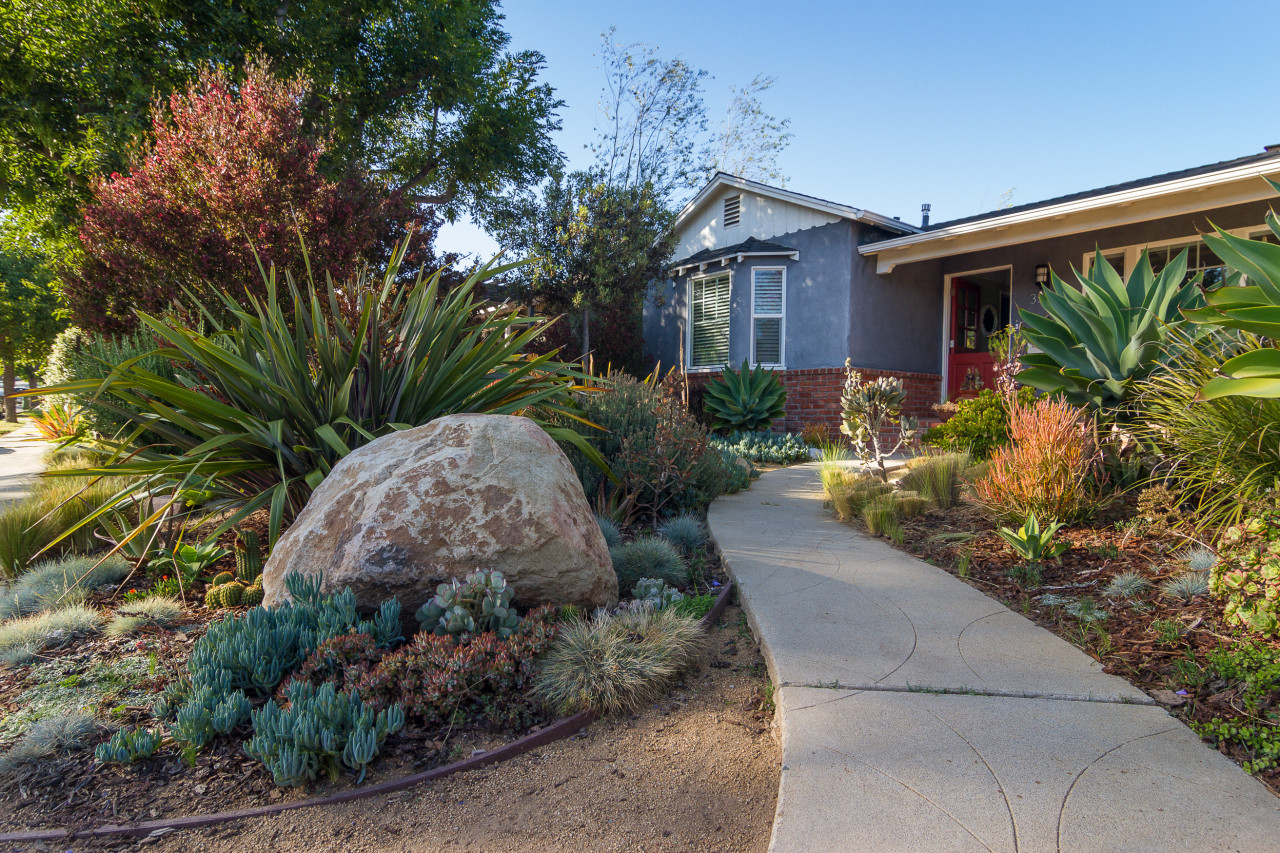For decades Angelenos have maintained an image of the perfect suburban yard. We imagine homes with neatly trimmed hedges, colorful flower beds beneath the windows and a lush, green, well-manicured lawn rolling right up to the front door.
The perpetuation of this image has skewed our sense of natural beauty. Not only is that ideal simply not sustainable in our climate, but in order to achieve it people sometimes turn to what they think is a good alternative: artificial turf. In other words, fake grass.
It needs no water, requires almost no maintenance and is often understood to be eco-friendly because it’s sometimes made from recycled materials. But while artificial turf may seem like a great alternative to traditional lawns in drought-stressed Los Angeles, the very option of a fake lawn distracts from far better sustainable landscapes. If your goal is a truly green lawn, fake grass isn’t actually the way to go.
Why not? Living sustainably means making smart choices to support a thriving local ecosystem, and an important part of this is healthy soil. Living, healthy soil is nurtured by water, first of all, and mulched native and climate-appropriate plants and trees with deep root systems, second. These conditions create diverse communities of microorganisms, none of which are supported when people opt for artificial turf, that essentially, is just as bad as paving over our earth.
Though it may seem drought-smart, artificial turf has a big negative impact on our watersheds. Healthy soil with deep root systems absorbs water when it rains that can, depending on its location, recharge our local water supply and even clean our water. In contrast, rainfall on artificial turf creates run-off that pollutes our beaches and rivers and fails to replenish groundwater supplies, while also starving our soil of the life it needs to flourish.
Soil is home to all kinds of fungi and other microorganisms—the basis of all life, including yours. Fake grass is uninhabitable. Butterflies, hummingbirds and our other pollinator friends need nectar from native plants. They’re not attracted to plastic grass, recycled or not. What’s worse, artificial surfaces can get very hot, sometimes hot enough to cause third degree burns. If that sounds unpleasant to you, imagine how the beneficial insects and local birds feel.
Give your home a real green treatment by always choosing climate-resilient landscapes that support a healthy, livable LA. That’s the real meaning of sustainability.
Want to learn how? Ditch the turf and discover the basics of native plant selection and care at one of our Native Plants and Turf Reduction Workshops, or learn to appreciate the particular beauty of native plants and wildlife on a Drought Solutions Tour and Native Plant Walk at our own Coldwater Canyon Park. Check the calendar for dates!


